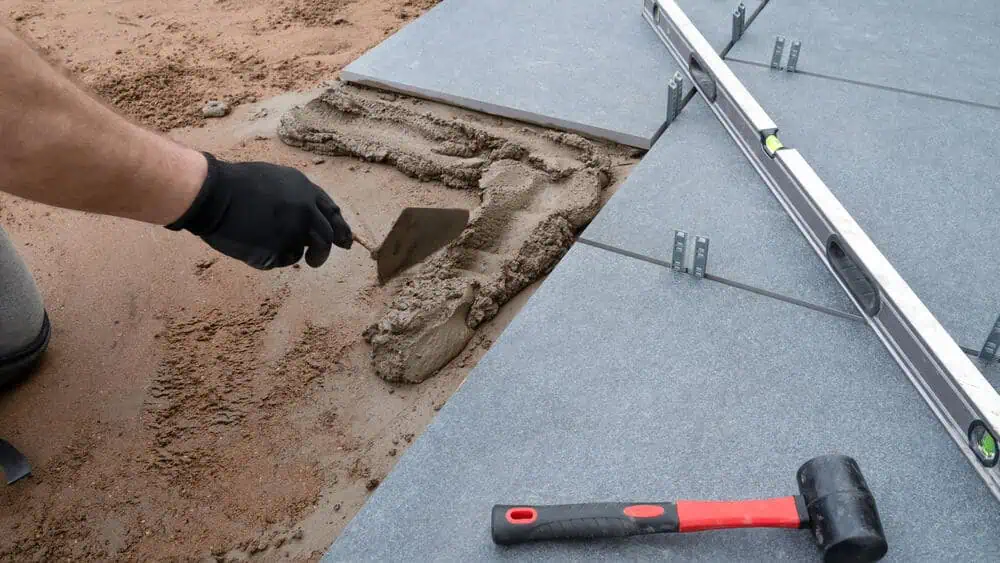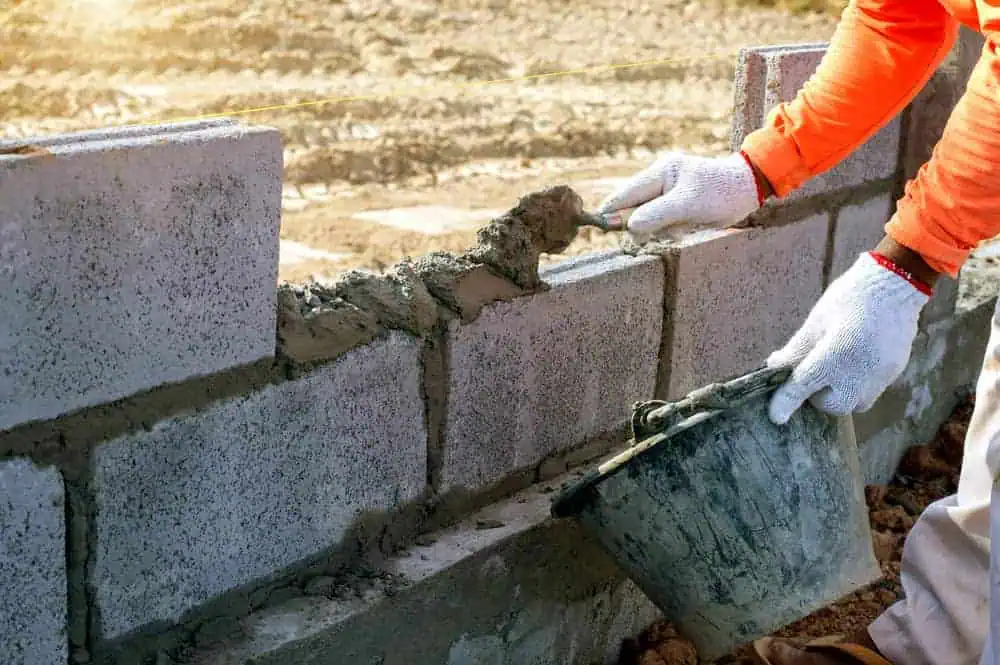Paving Contractor in Lexington, MA
Looking for a reliable paver contractor in Lexington, MA? Academy Masonry offers top-notch paving installation for commercial properties.
Call Us Today: 508-501-3272

At Academy Masonry, we specialize in high-quality paving installation for commercial properties. Our team of experienced paver contractors is dedicated to delivering durable and attractive results for every project.
Serving Lexington, MA, we pride ourselves on meeting each client’s unique needs. We provide tailored solutions that ensure your paving project is completed to the highest standards. Our comprehensive service covers every aspect of the project, from initial consultation to final inspection.
We understand the importance of having a reliable and professional paver contractor. We use the best materials and the latest techniques to guarantee exceptional outcomes. Trust Academy Masonry for your paving needs in Middlesex County. Contact us today at 617-388-5207 to learn more about our services and how we can help enhance your commercial property.
Our team of experts brings years of experience and specialized knowledge to every project.
We use only the highest quality materials and industry-leading techniques to ensure lasting results.
Academy Masonry is committed to exceeding client expectations with exceptional service and support.

Choosing the right paver contractor is crucial for the longevity and appearance of your commercial property. Academy Masonry stands out in Lexington, MA due to our commitment to excellence and customer satisfaction. We use the best materials and the latest techniques to ensure your paving project is completed to the highest standards. Our team of professionals is dedicated to providing top-quality service that meets your specific needs and expectations.
One of the main reasons for choosing Academy Masonry is our extensive experience in the industry. We understand the unique challenges and requirements of commercial paving projects. Our skilled contractors are trained to handle projects of all sizes, ensuring your property looks great and functions well. We pride ourselves on our attention to detail and ability to deliver results exceeding our clients’ expectations.
Our comprehensive service ensures that every aspect of your paving project is managed efficiently. From the initial consultation to the final inspection, we work closely with you to ensure that every detail is perfect. Our commitment to quality and customer satisfaction has made us a trusted name in Middlesex County. We strive to make the entire process smooth and hassle-free for our clients.

Our paving process begins with a thorough assessment of your commercial property. We evaluate the existing conditions and discuss your specific needs and preferences. This detailed approach allows us to create a customized plan for your budget and timeline. Understanding your vision is essential to delivering a final product that meets your expectations.
During installation, our skilled paver contractors utilize advanced equipment and techniques to ensure precision and efficiency. We manage every aspect of the project, from site preparation to final touches, guaranteeing our clients a seamless and stress-free experience. Our team works diligently to minimize disruptions to your business operations while ensuring the job is completed on time.
We conduct a final inspection to ensure the highest quality standards are met upon completion. Academy Masonry is dedicated to providing exceptional paving services that enhance the functionality and aesthetics of your commercial property in Lexington, MA. Our commitment to quality and customer satisfaction ensures that your new pavement will be durable and visually appealing for years. We take pride in our work and strive to build lasting relationships with our clients based on trust and excellence.
Lexington is a suburban town in Middlesex County, Massachusetts, United States, located 10 miles (16 km) from Downtown Boston. The population was 34,454 as of the 2020 census. The area was originally inhabited by Native Americans, and was first settled by Europeans in 1641 as a farming community. Lexington is well known as the site of the first shots of the American Revolutionary War, in the Battle of Lexington on April 19, 1775, where the “Shot heard ’round the world” took place. It is home to Minute Man National Historical Park.